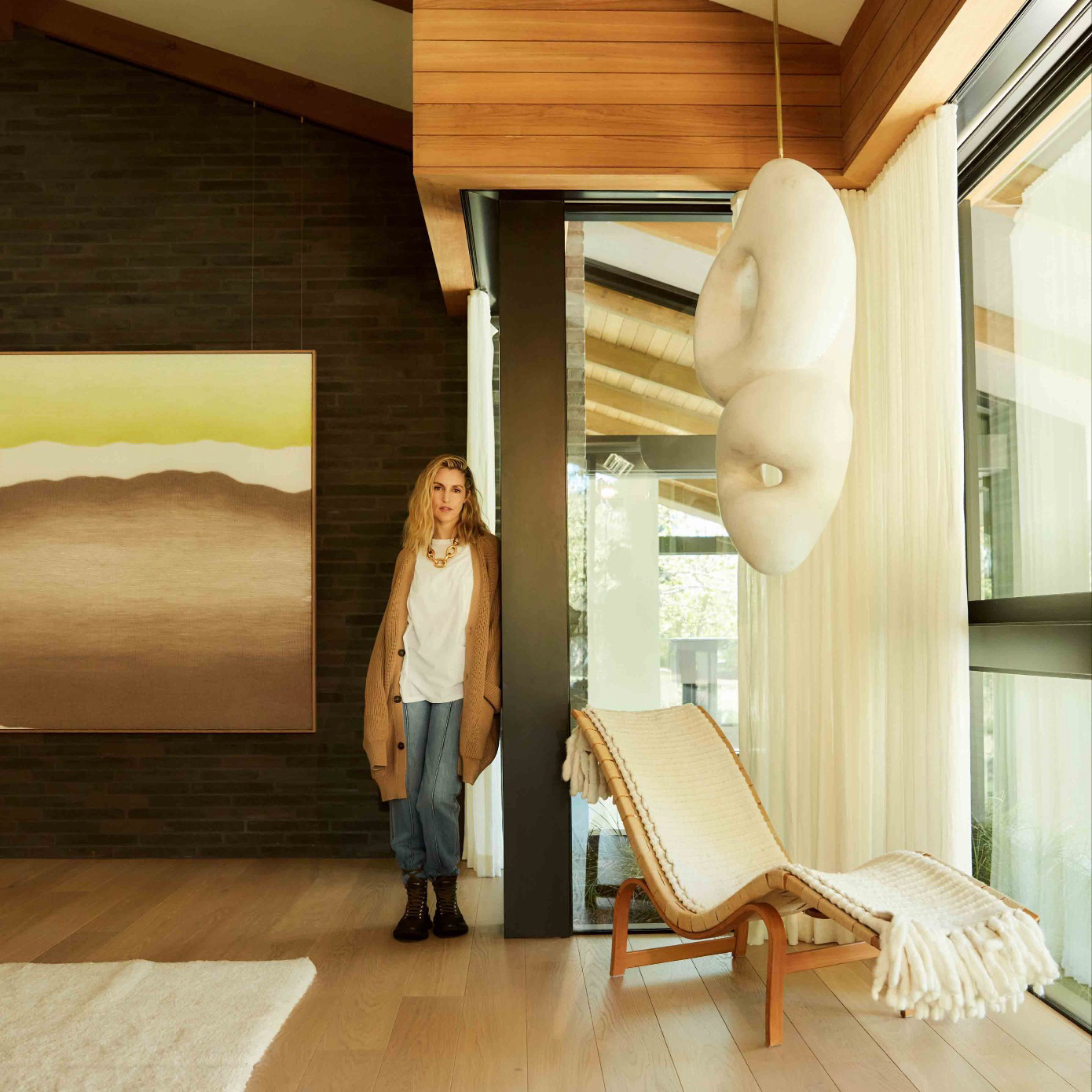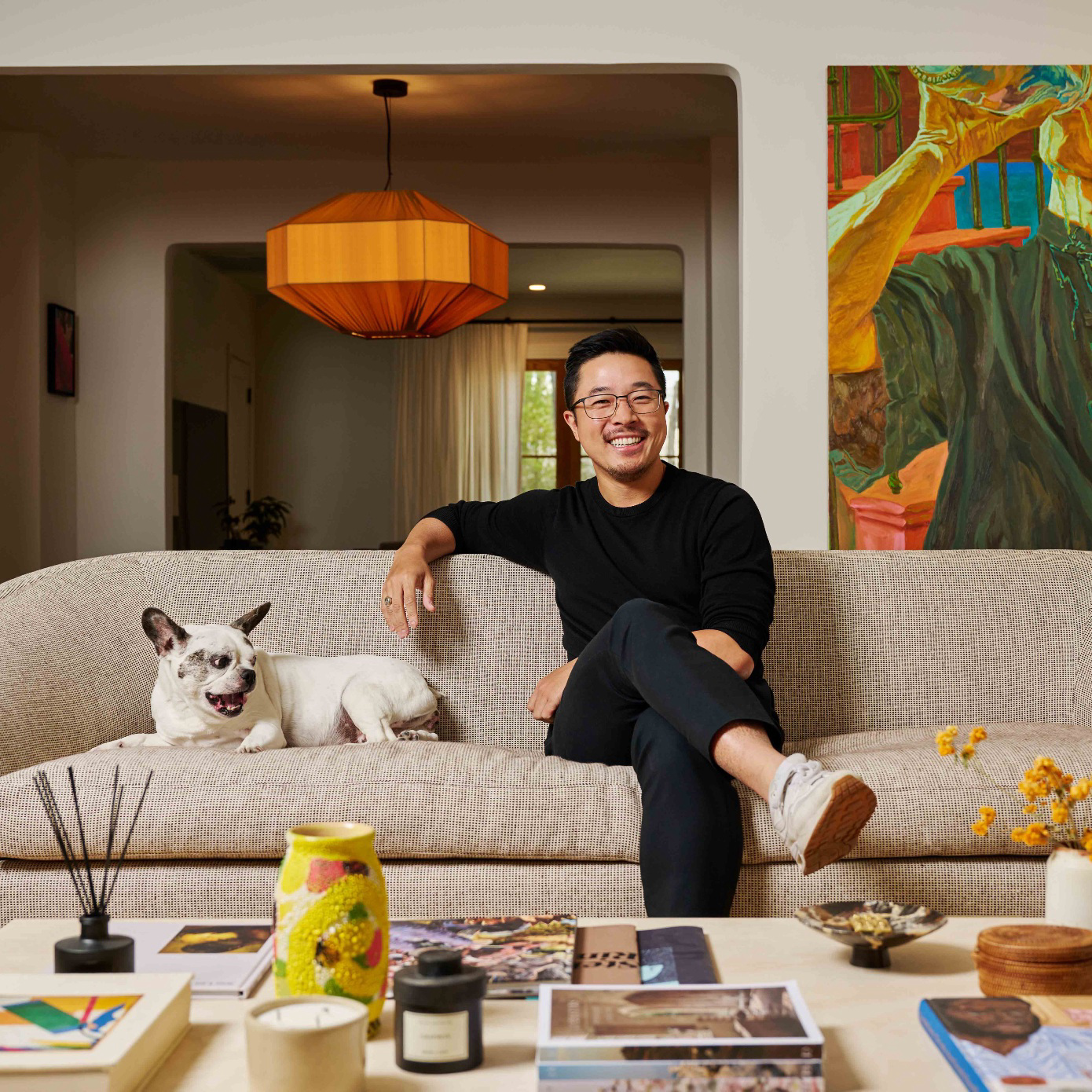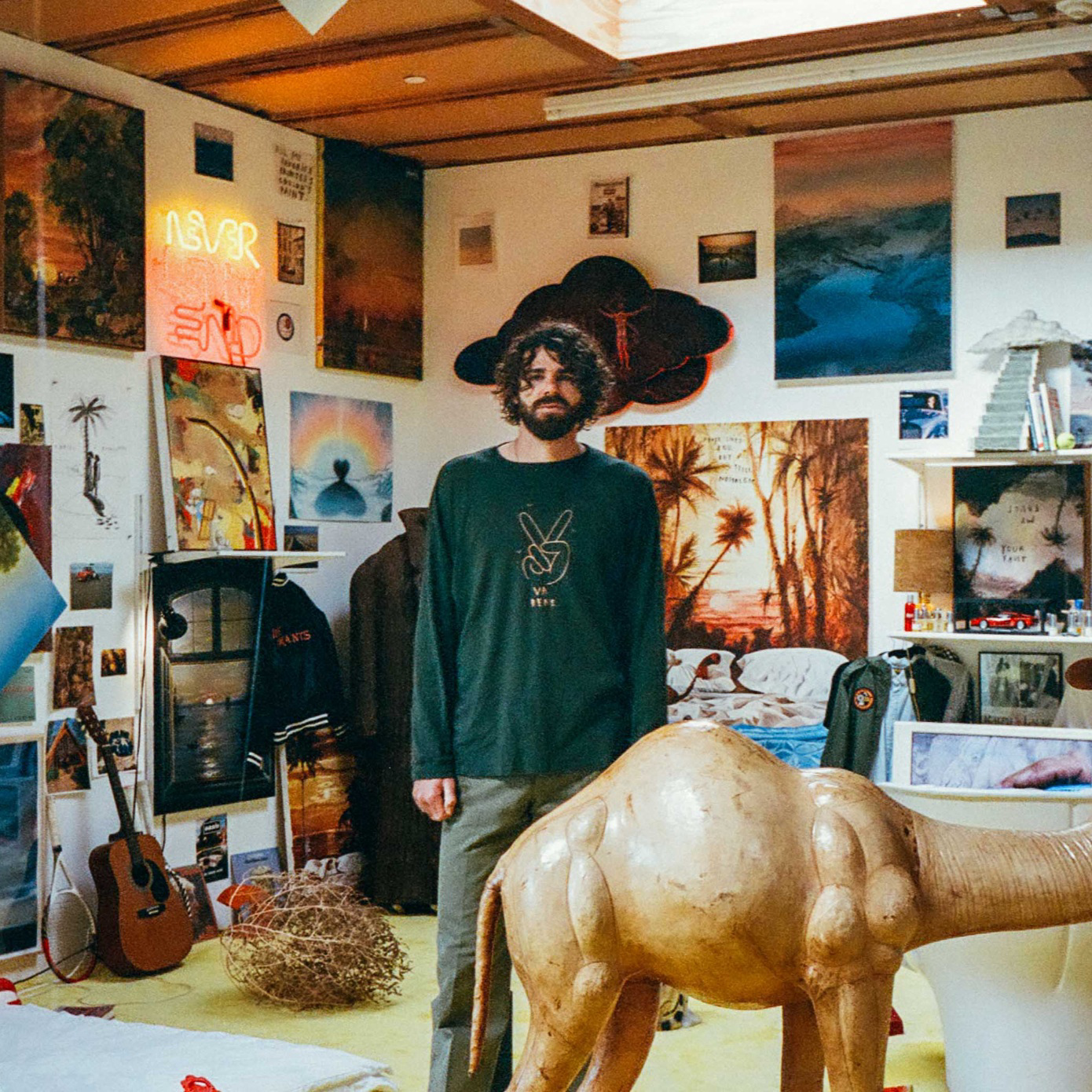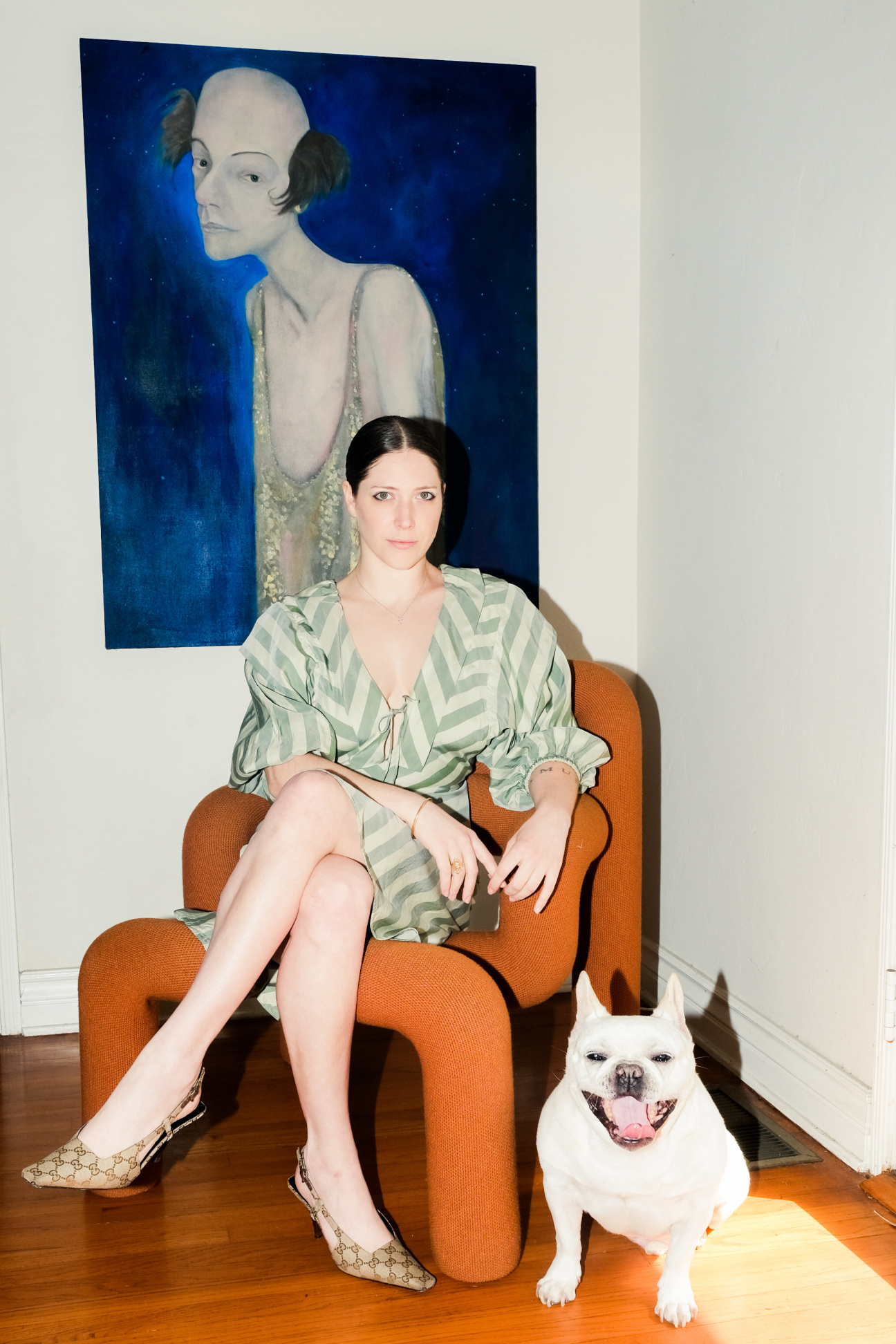
This profile is part of CULTURED’s 2023 Young Collectors issue!
If Georgia Ford throws a pool party, you find a way to go. You do not spill your drink on the Marc Kokopeli diaper tank that is parked under a pornographic nude by Heji Shin. You do not get caught touching the Robert Bittenbender. Ford is, after all, a legendary name in New York and Los Angeles. She is the Emily Sundblad of the West Coast—a consummate host, patron, party girl, producer, curator, performer, and artist.
As the daughter of Hollywood royalty (actor Harrison Ford and award-winning screenwriter Melissa Mathison of E.T. andThe Black Stallion fame), one might assume she grew up around film. But Ford was raised in the art world, the haven where her parents spent their free time, and quickly adopted it as her own. She flipped through Sotheby’s catalogs for kindergarten show and tell. In her pre-teen years, she fast-forwarded through Clueless to the scene where Cher Horowitz shows her father’s Claes Oldenburg to a love interest. During those years, Ford admits to overlooking the traditional works in her parents’ collection—the Édouard Vuillards and the Jules Pascins—opting instead for the Cy Twomblys that filled the home of Earl McGrath, the legendary music producer and art gallerist (and Ford’s godfather).
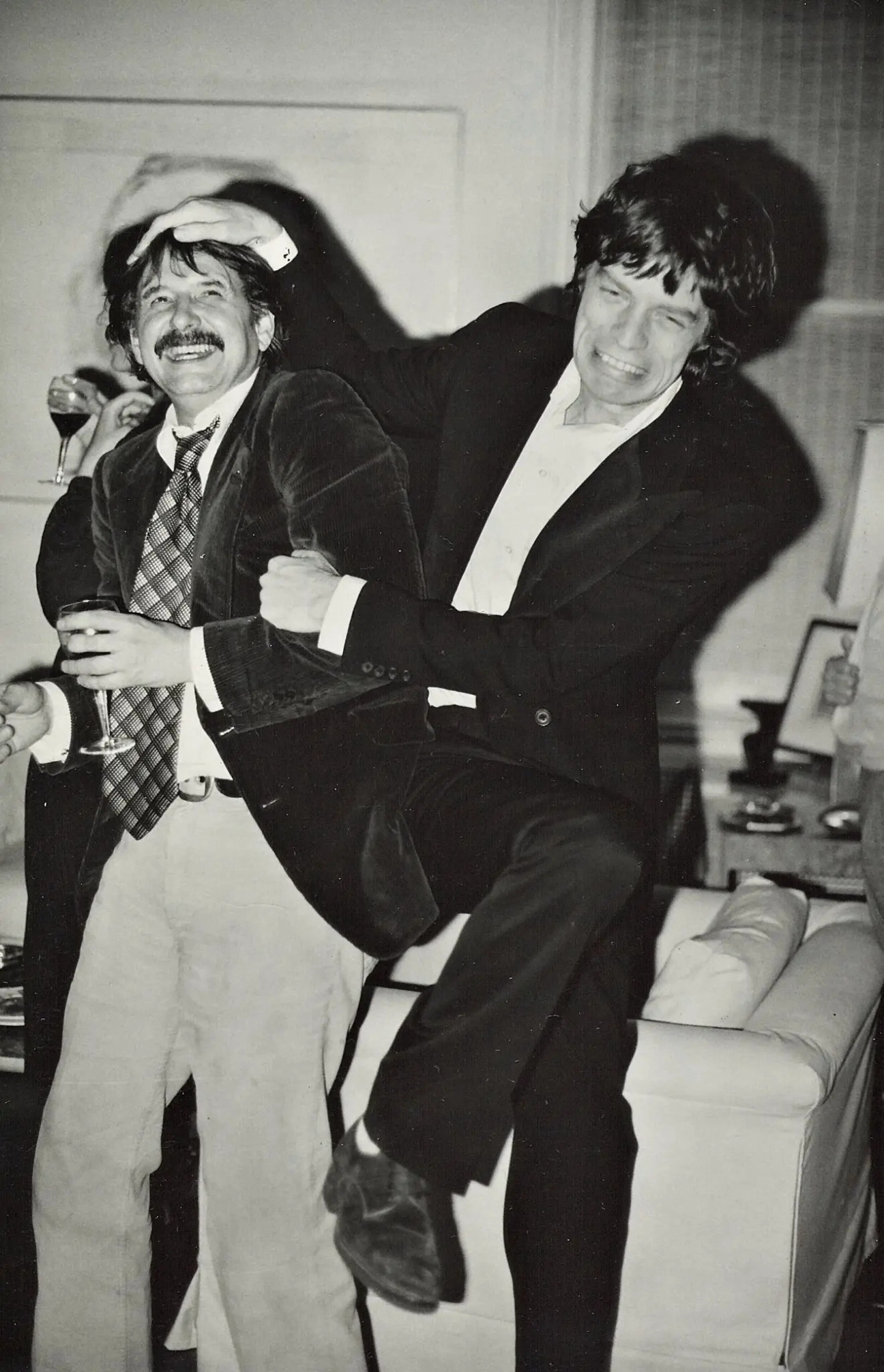
To Ford, McGrath was a confidante, an usher into the world of modern art, and a blueprint for a life well-lived (Jerry Hall hailed him as the funniest man she had ever known). “Earl was the greatest host of all time. His whole life was about having dinner parties and bringing people together. You’d walk into his home and see works next to one another that you would never find in a gallery,” says Ford. “That’s something people are losing: the spiritual necessity of what it means to be a host, to invite people into your home, and to party.” Ford is a beacon of this dying art form, and her collection is an expression of it.
Before she moved to LA three years ago, she spent two decades in New York, knitting together a tight group of artists, designers, and revelers over big dinners and late nights. This is where she met Alexander Shulan of New York’s Lomex Gallery and Joseph Geagan of Gaylord Apartments in LA, both of whose programs she actively supports. The two cities’ intertwined art histories are manifested in Ford’s collection, which is loaded with early works by Geagan, Kokopeli, Valerie Keane, and Bittenbender—reveling in the half-baked concepts and underdeveloped techniques that illuminate the mature work that comes after. As an artist herself, Ford is drawn to the belabored, crafty experimentation of these proto-works—delicate, ambitious constructions that evoke their mortal makers. In other words, Ford’s house is always full.
When it comes to more recent purchases, the market’s loss is Ford’s gain. “Everyone is invested in buying paintings—especially figurative paintings—right now, which is wonderful. I’ve taken that opportunity to go buy sculptures instead,” she says with a sense of genuine luck rather than judgment. As Ford speaks, she becomes distracted. A package is arriving, and people are on their way over.
Want to meet more young collectors? Read our profiles of Reilly Opelka, Hannah Bronfman, and Seth Stolbun.

